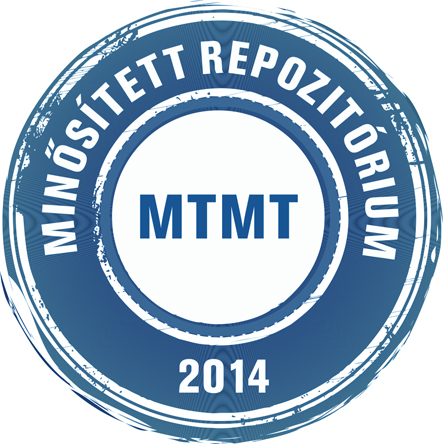Buda György; Koller Friedrich; Kovács József; Ulrych Jaromír: Compositional variation of biotite from variscan granitoids in Central Europe : a statistical evaluation. In: Acta mineralogica-petrographica, (45) 1. pp. 21-37. (2004)
Előnézet |
Cikk, tanulmány, mű
mineralogica_045_fasc_001_021-037.pdf Letöltés (13MB) | Előnézet |
Absztrakt (kivonat)
Major element compositions of biotitcs of the Central European Variscan plutonic rocks have been evaluated by discriminant function analyses. Four groups of biotites have been distinguished: Mg-, Fe-Al-, Fe-Mg- and Fe-Mn-biotites. Mg-biotite occurs in K-Mg-rich metaluminous calc-alkaline plutonic rock series (monzonitic suite) in the Central Bohemian Plutonic Complex (mostly in the southern part), in eastern part of the South Bohemian Plutonic Complex and a major part of the Tisia Terranc. Fe-Al-biotite occurs in the peraluminous plutonic rock series (granodioritic suite) in major (western) part of the South Bohemian Plutonic Complex, outer zone of the West Carpathian Plutonic Complex and in small aplitic dykes in the Tisia Terrane. Fe-Mg biotites occur in granitoids transitional between calc-alkaline and peraluminous rock series found mostly in the inner part of the West Carpathian Plutonic Complex of trondhjemitic (tonalitic) suite. Fe-Mnbiotite occurs in alkali-rich peraluminous, hypabyssal plutonic rocks (granodioritic suite) in the Pelsonian Terrane. The phlogopitic biotite crystallized at high temperature in a late- to postcollisional Variscan tectonic environment (350-340 Ma) where K-Mg-rich melt originated from the upper mantle and from the continental crust sources. The siderophyllitic Fe-biotite crystallized from Al-rich melt originating from the continental crust. Transitional Fe-Mg biotite probably crystallized from melts originating from different sources, e.g., oceanic and continental crusts (subduction related). The ages of these intrusions are uncertain. Fe-Mn-biotite showing alkaline character crystallized from a peraluminous melt at a late stage of crystal differentiation at low temperature in a postcollisional tectonic environment (280 Ma). The differing compositions of biotite represent different protoliths, melting conditions and different P, T, foj and aH20 during crystallization. Based on the biotite geochemistry an early Mg-rich and a late Fe-rich plutonic series has been recognized in the Variscan Central European lateto postcollisional plutonic intrusions; a similar trend has been described in the Variscan External Crystalline Massive of the Alps and in Corsica.
| Mű típusa: | Cikk, tanulmány, mű |
|---|---|
| Befoglaló folyóirat/kiadvány címe: | Acta mineralogica-petrographica |
| Dátum: | 2004 |
| Kötet: | 45 |
| Szám: | 1 |
| ISSN: | 0365-8066 |
| Oldalak: | pp. 21-37 |
| Nyelv: | angol |
| Kiadó: | Department of Mineralogy, Geochemistry and Petrology, University of Szeged |
| Kiadás helye: | Szeged |
| Befoglaló mű URL: | http://acta.bibl.u-szeged.hu/39426/ |
| Kulcsszavak: | Földtan, Ásványtan, Kőzettan |
| Megjegyzések: | Bibliogr.: p. 28-29. ; ill. ; összefoglalás angol nyelven |
| Szakterület: | 01. Természettudományok 01. Természettudományok > 01.05. Föld- és kapcsolódó környezettudományok |
| Feltöltés dátuma: | 2016. okt. 17. 09:24 |
| Utolsó módosítás: | 2022. aug. 23. 11:42 |
| URI: | http://acta.bibl.u-szeged.hu/id/eprint/25113 |
 |
Tétel nézet |



